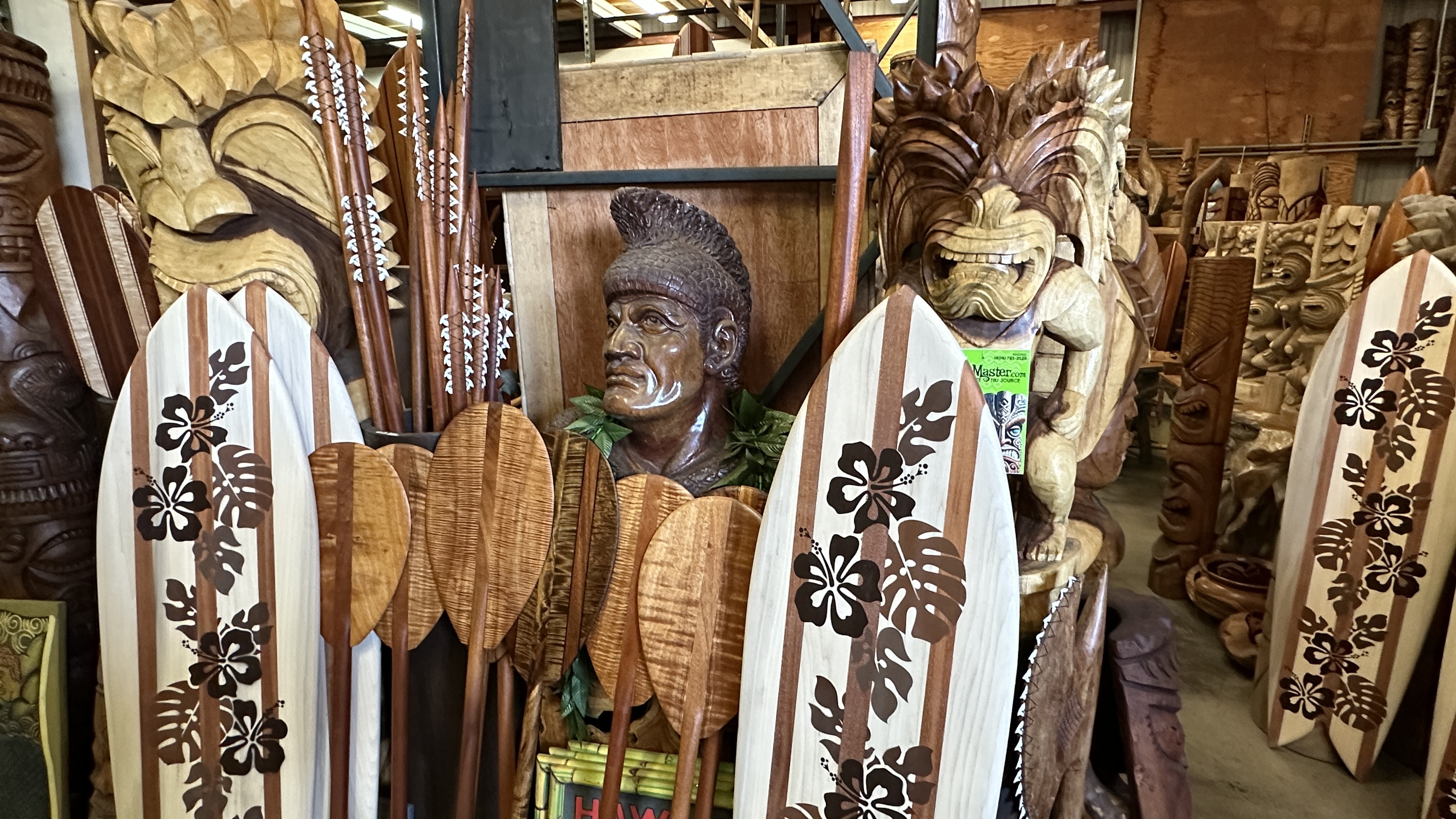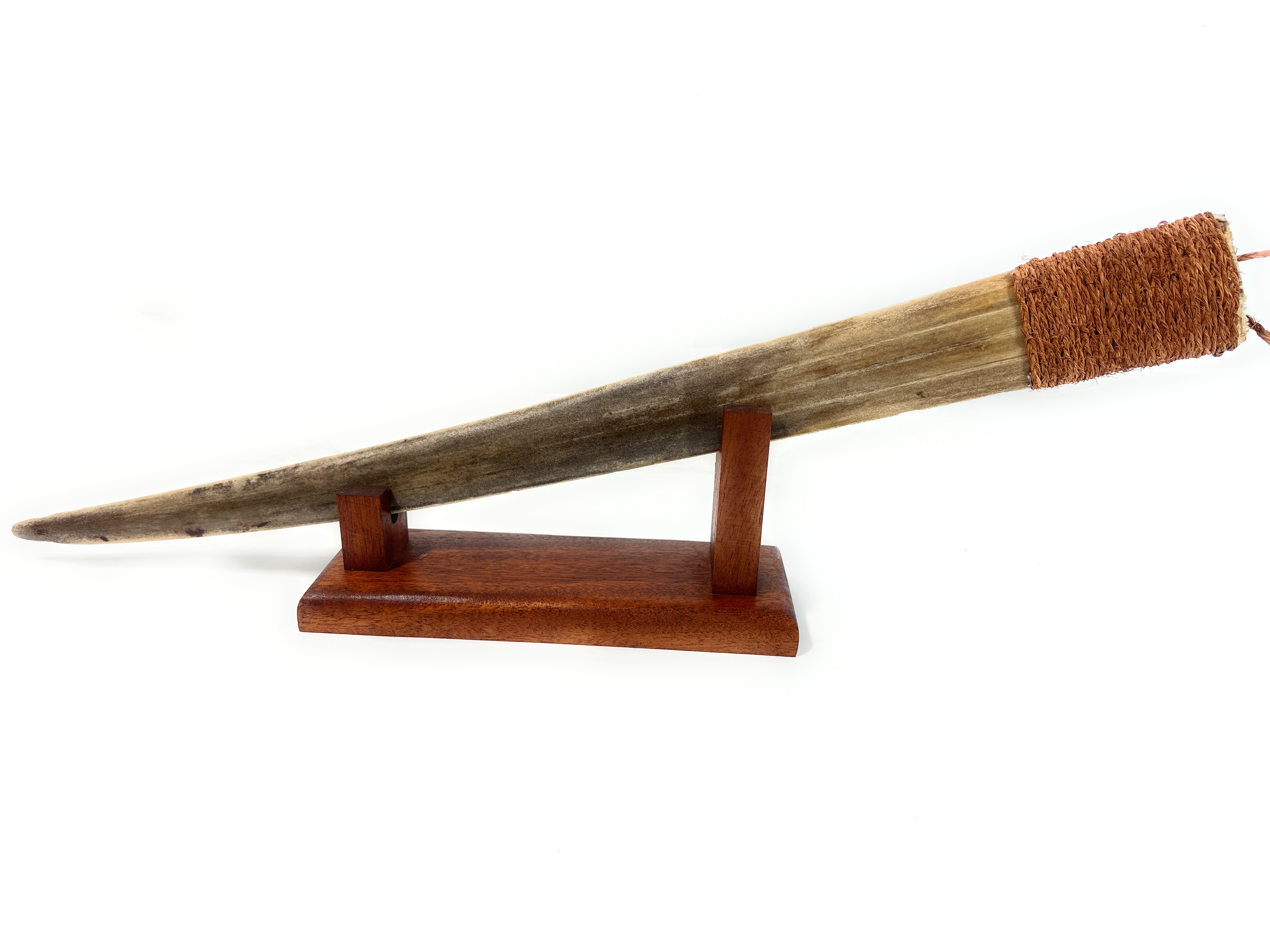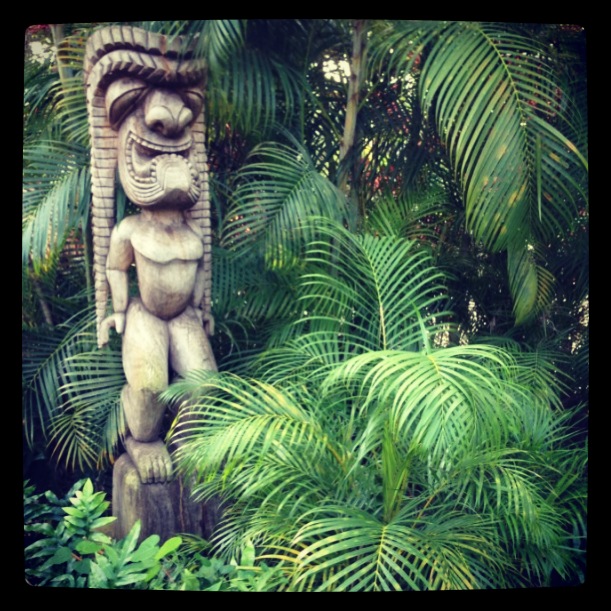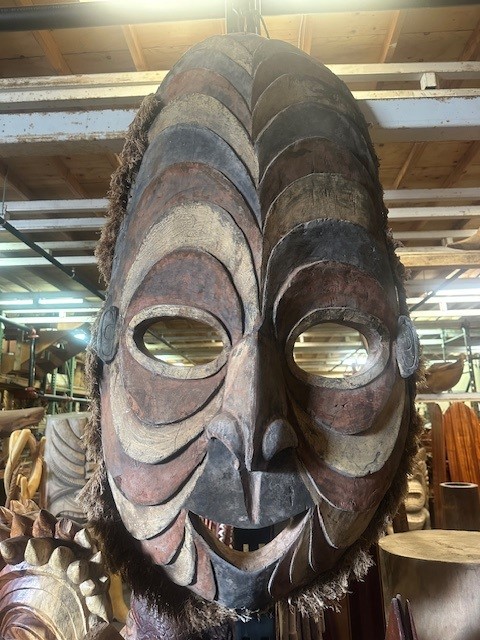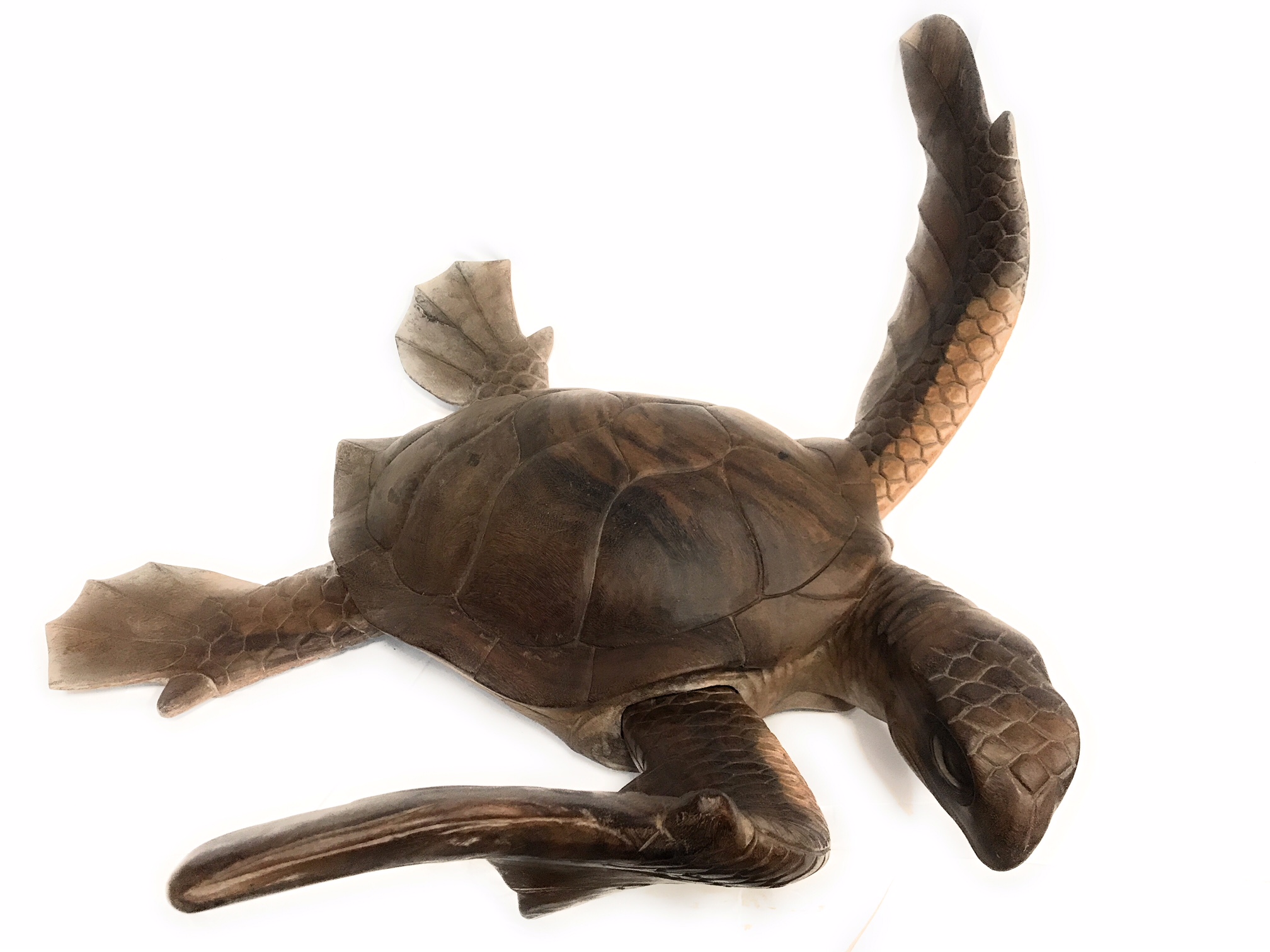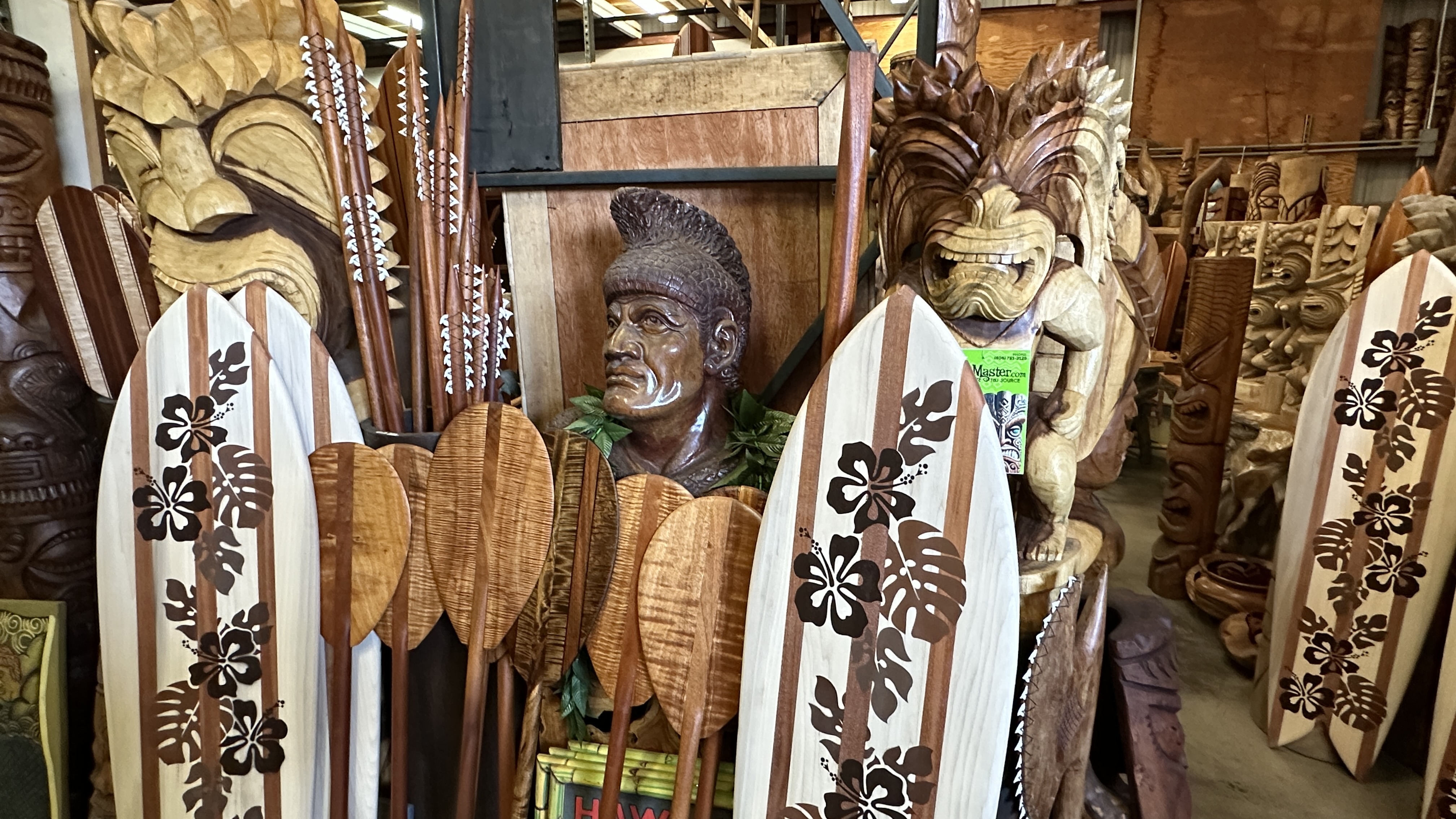The resurgence of Polynesian Artwork
Polynesian artwork is experiencing a vibrant resurgence. This cultural art form, rich in history, is captivating the world.

Rooted in the traditions of
The intricate patterns and bold designs are more than decorative. They symbolize identity, genealogy, and social status.
Modern artists are blending traditional techniques with contemporary styles. This fusion is breathing new life into
As global interest grows,
The Roots of Polynesian Art : History and Cultural Significance
The art form serves as a vessel of history and a testament to cultural achievements. Art is not only a means of expression but also a tool for communication. It conveys stories, rituals, and genealogies, bridging the past and the present.

Several key elements define the significance of traditional
- Tattoos: Symbolize identity and social status.
- Wood Carvings: Depict deities and ancestors.
- Textiles: Illustrate motifs from nature and myth.
Through centuries of change,
Forms and Motifs: Exploring Traditional Polynesian Artwork
Traditional
One of the most recognized forms is the tattoo, known as "tatau." Tattoos are intricate and symbolic, often reflecting personal journeys and tribal affiliations. Tattooing is both an art and a rite of passage, showcasing mastery in design.

Another prominent form is wood carving. Carvings depict various figures and symbols, from deities to ancestral spirits. These wooden pieces serve both decorative and spiritual purposes in Polynesian communities.
Polynesian textiles, such as tapa cloth, showcase elaborate geometric patterns. These motifs are often inspired by elements of nature, like waves and animals. The patterns tell stories and convey cultural values, making each design unique.
Key motifs and forms in traditional
- Tattoos: Personal and tribal symbols.
- Wood Carvings: Deity and ancestor depictions.
- Textiles: Nature-inspired geometric designs.
These artistic elements highlight Polynesian creativity and cultural depth. Their distinct styles and motifs continue to influence art and design far beyond the islands, bridging cultural divides worldwide.
Symbolism and Storytelling in Polynesian Art
Each pattern and motif in

Storytelling is woven into many forms of
Common themes in Polynesian symbolism include:
- Genealogy: Celebrating family lineage.
- Nature: Oceans, animals, and plants.
- Spirituality: Representing deities and beliefs.
The storytelling aspect of
The Modern Revival: Contemporary Polynesian Artists and Movements
In recent years,
These artists incorporate traditional motifs and techniques while innovating with fresh styles. This approach appeals to both local communities and global audiences. Their work explores themes relevant to today’s social and political landscapes.
Movements celebrating

The impact of contemporary Polynesian artists is significant:
- Cultural Renaissance: Rekindling interest in heritage.
- Global Recognition: Increasing worldwide visibility.
- Educational Pursuits: Teaching younger generations traditional art forms.
Contemporary
Polynesian Artwork in the Global Art Scene
The influence of Polynesian motifs extends beyond traditional settings. Designers and artists in fashion, film, and architecture often draw inspiration from its bold patterns. This incorporation broadens the reach of
Several key factors contribute to its global success:
- Influence: Crossing cultural and artistic boundaries.
- Visibility: Showcased in international exhibitions and galleries.
- Adaptability: Inspiring new works across various artistic domains.

Through these channels,
Preserving Heritage: The Role of Polynesian Art in Cultural Identity
Education plays a crucial role in this preservation. Traditional art techniques are taught to younger generations. This education ensures that the rich cultural legacy remains alive and vibrant.

Cultural identity finds expression through this art form. It is not merely decorative but a proud declaration of history and values. As
Conclusion: The Enduring Legacy of Polynesian Artwork
As appreciation for






